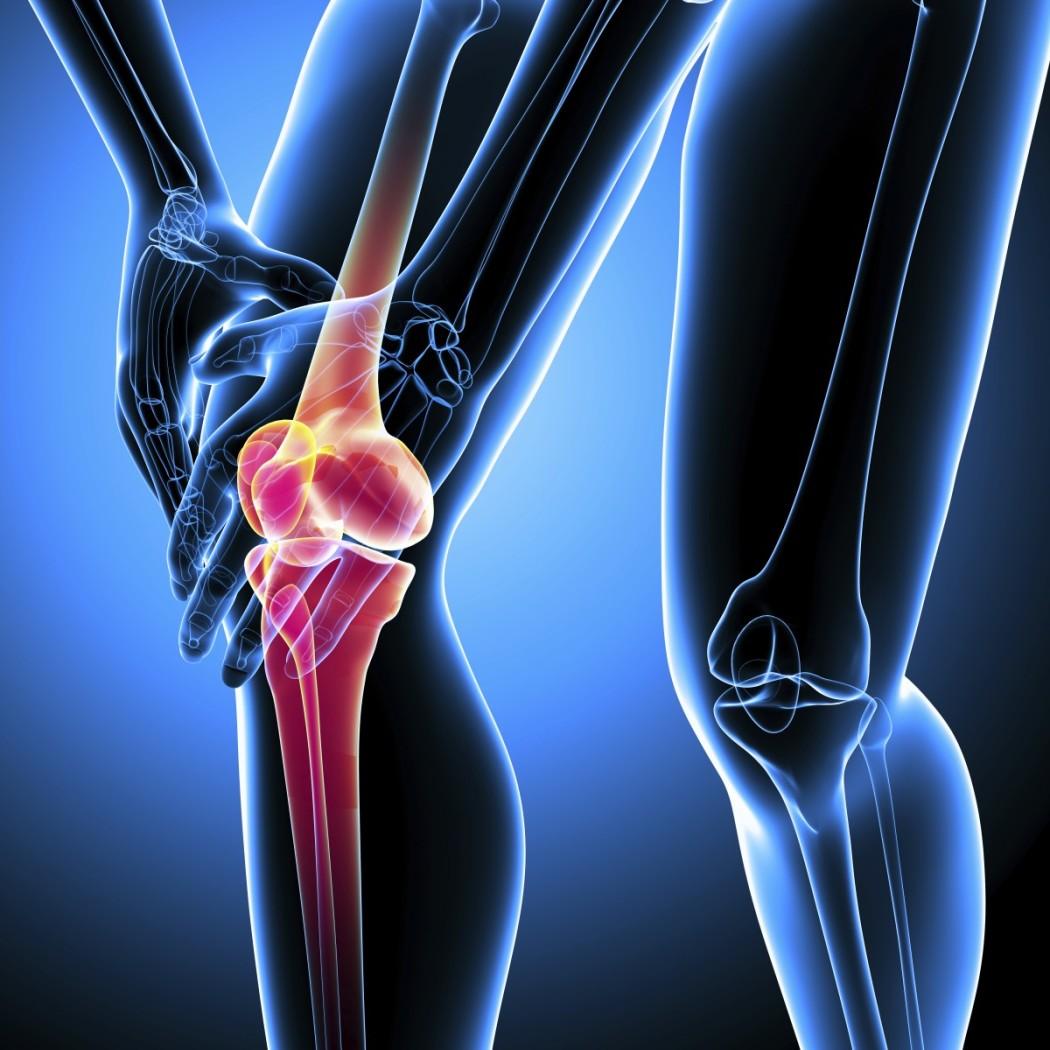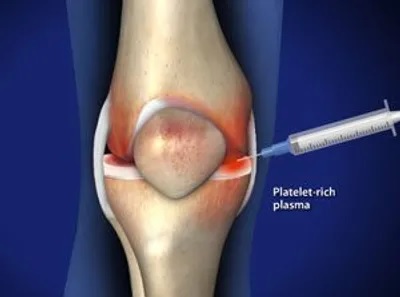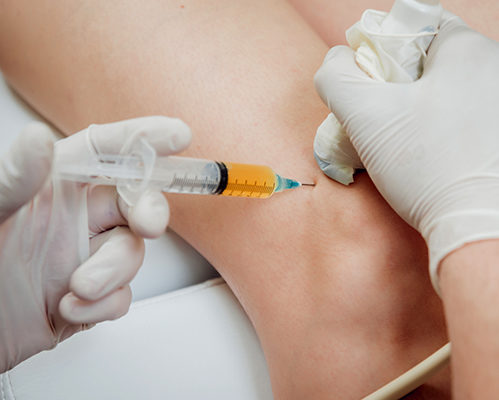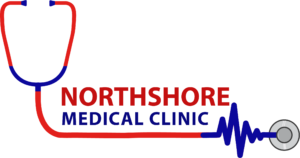PRP For Arthritis
PRP JOINT TREATMENT for ARTHRITIS in KNEES
PRP is a relatively painless, low-risk procedure that uses your own blood to stimulate growth in injured tissues. Recent evidence suggests that PRP may be an effective treatment in managing pain associated with knee osteoarthritis. Traditional methods of managing knee pain caused by osteoarthritis (OA) include anti-inflammatories, physical therapy, cortisone injections, and surgery. In the past decade, researchers have examined whether injections of platelet-rich plasma (PRP) can be used to manage OA of the knee.
Growth factors are found in platelets in your blood. PRP operates under the theory that injecting growth factors from the blood into an injured area will cause new tissues to form. That is supposed to reduce inflammation in the tissue. When growth factors interact with local cells, they signal them to initiate cell division and migration. This promotes tissue formation.

WHAT YOU NEED TO KNOW
ABOUT PRP FOR ARTHRITIS?

Who is a good candidate for this treatment?
You may be a good candidate for PRP if your symptoms of arthritis of the knee are not manageable with conventional methods such as anti-inflammatories, cortisone injections, and physical therapy.
What happens during the procedure?
As part of the procedure, your doctor will draw blood from your arm. Then, they’ll put the blood sample into a centrifuge for 15 minutes. The centrifuge will separate your blood into:
- red blood cells
- white blood cells
- plasma
- platelets
Your doctor will use that sample to extract PRP. They will numb your knee and inject the PRP into the area. You’ll then rest about 15 minutes before being discharged.
The procedure will take about one hour.

What happens after the procedure?
After the procedure, ice your knee every 2 to 3 hours for 20 minutes each time. Continue this for three days. You may also need to take pain medication if you have significant pain. You’ll want to limit your physical activity and avoid activities that put weight on your knee. Your doctor may recommend using crutches for a few days to keep weight off of your knee.
Follow up with your physician 6 to 8 weeks after the procedure to assess the effectiveness. You can discuss possible next steps, as well.
Are there risks?
PRP uses your own blood, so there’s a low risk of complications. However, there are some rare risks, including:
- local infection
- pain at the site of injection
- nerve damage, most likely at the site of injection
Ask your doctor about symptoms that may signal a complication and what to do if you notice any signs.
Are You Looking For An Experienced Clinic For PRP Joint Treatment For Arthritis In Knees In Vancouver?
We treat arthritis in knees with PRP joint treatment in North Vancouver BC, Canada.
